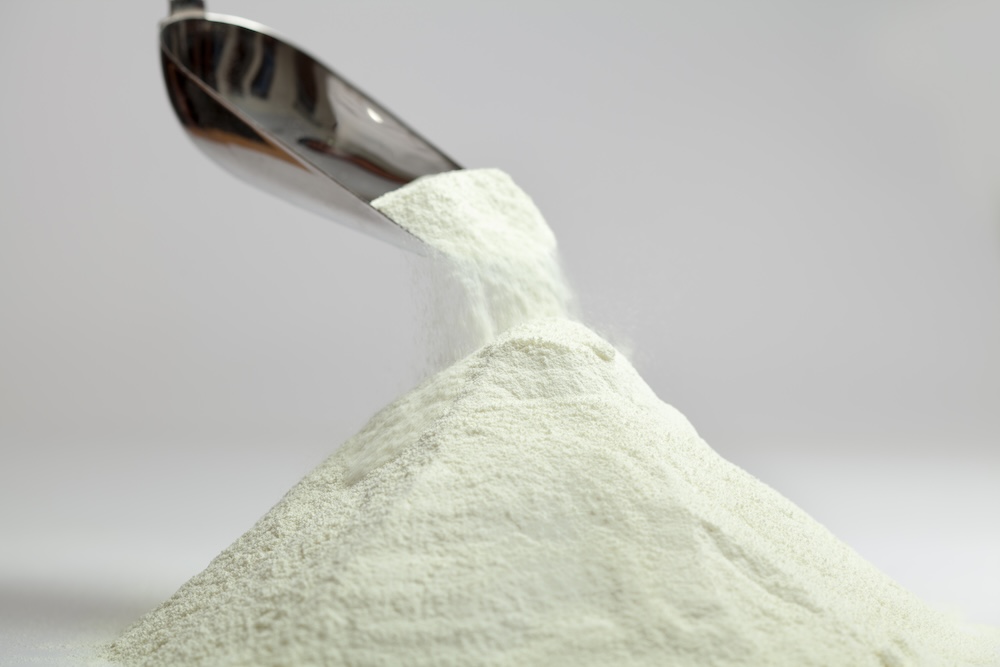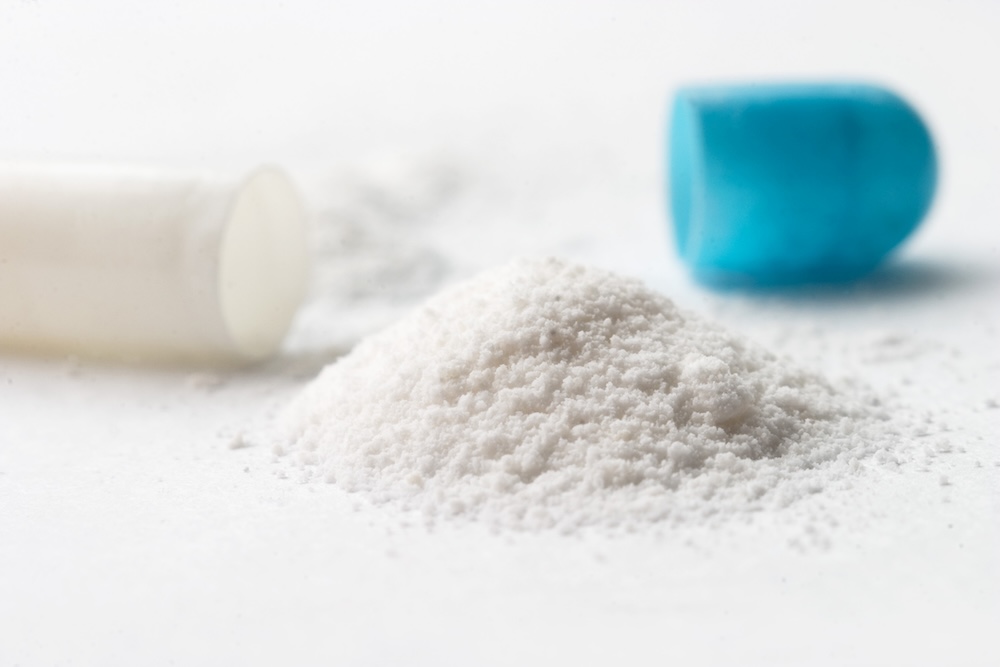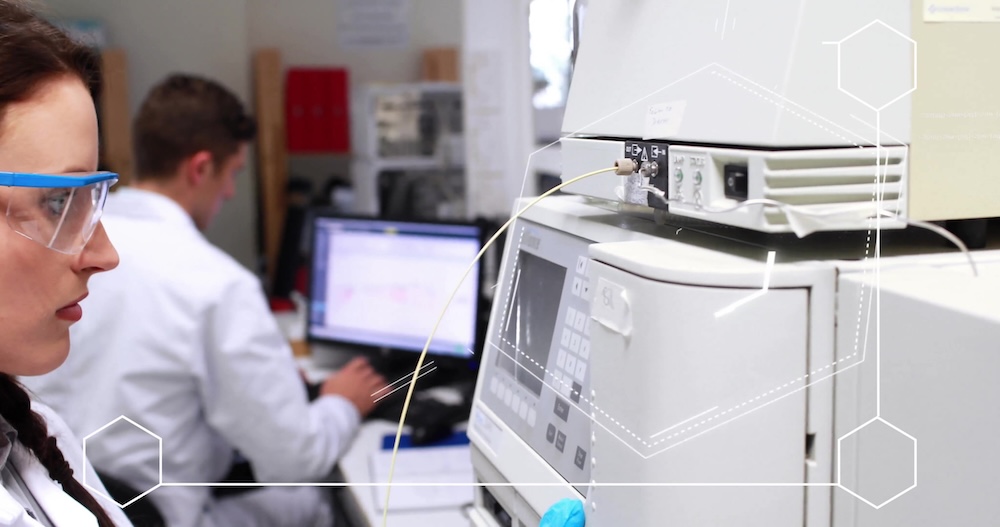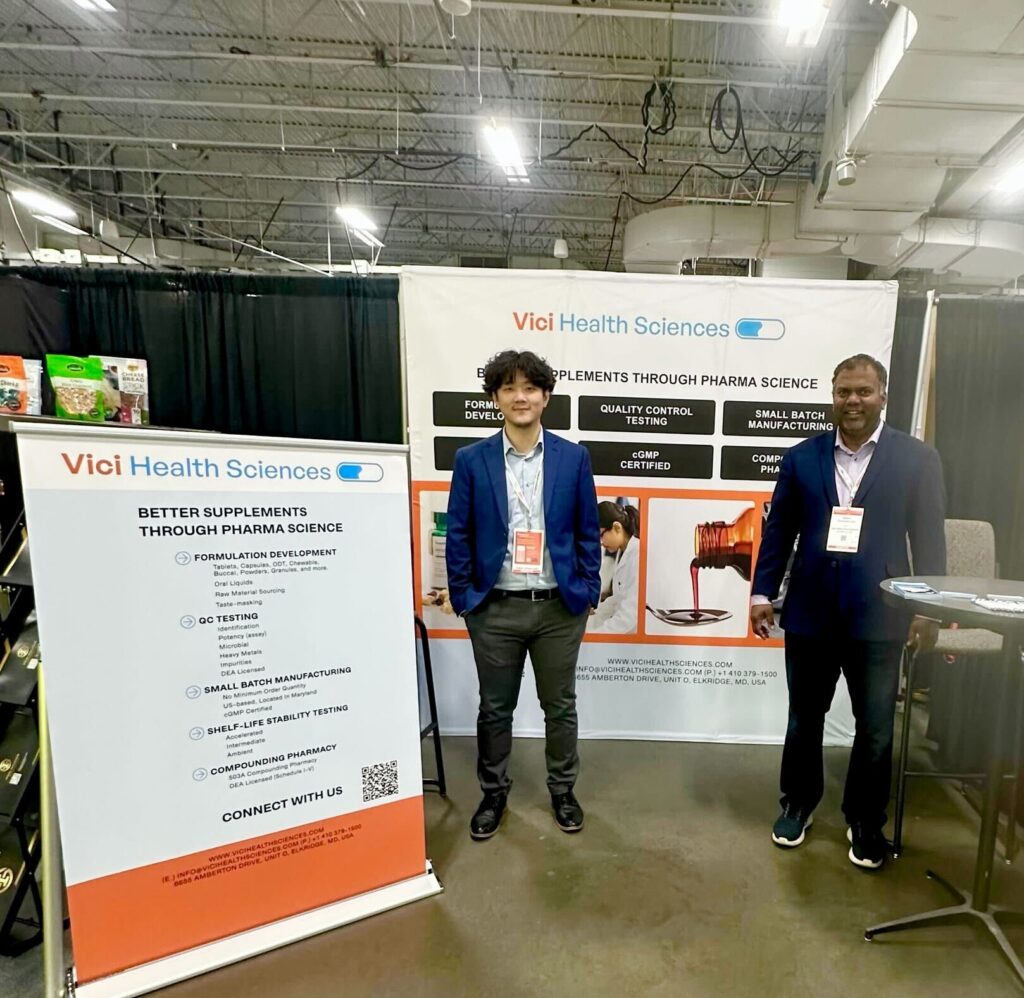Muco-Adhesion and Muco-adhesive Delivery Systems
Muco-adhesion refers to the adhesion between two materials, one of which is a mucus layer. Mucoadhesive delivery systems can be administered through a variety of routes including oral, nasal, ocular, rectal, vaginal, sublingual and buccal. Besides ease of application, these systems provide unique benefits such providing direct access to systemic circulation, bypassing hepatic first-pass metabolism, prolonging drug retention at the absorption site, enhancing bioavailability and therapeutic effect. By extending the drug release, these systems help reduce the dosage frequency and improve patient compliance.
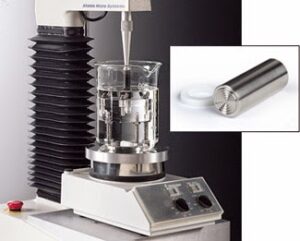
Muco-Adhesion Testing as a Guide to Rapid Product Development
The therapeutic efficacy of a mucoadhesive dosage form is closely linked to its mucoadhesive properties. Thus, rapid and reliable muco-adhesion testing is critical to guide the product development as it provides valuable insights into the effect of formulation and process parameters on the product performance.
During initial stages of product development, mucoadhesive property can be quickly screened based on indirect tests of physicochemical properties which are known to affect the process of adhesion such as viscosity, elastic modulus, hydrophilicity, swelling index, percentage hydration, liquid uptake, contact angle, wettability and free surface energy.
As the project progresses to formulation prototype development stage, several analytical techniques can be used for mucoadhesive testing. These fall under three major categories – (i) In-vitro residence time studies, (ii) Ex-vivo mucoadhesive strength studies and (iii) In-vivo tests. These tests allow for the systematic evaluation of various formulation parameters such as polymer type, concentration, and crosslinking density on muco-adhesion, facilitating the optimization of formulation.
- In-vitro Residence Time based Tests
These tests measure the duration a mucoadhesive formulation remains in contact with a mucosal surface while the sample is subject to a flowing medium. Several methods have been utilized to measure the residence time including flow through cell apparatus and modified disintegration and dissolution tests. In these tests, the sample is attached to the mucosal membrane and immersed in the medium. The time to detach or fully erode during the test is recorded. Commonly used media include phosphate buffered saline or simulated saliva fluid. - Ex-vivo Mucoadhesive Strength based Tests
These tests involve bringing the formulation in contact with a mucosal membrane and measuring the force required to detach. The area under the force vs. displacement curve is used to determine work of adhesion. Common instruments used are modified texture analyzer, adapted tensiometer and modified physical balance using rat, bovine or porcine mucosal membranes. Alternative membranes include human mucosa or organ culture. These tests provide relatively more realistic evaluation of the mucoadhesive properties of the formulation compared to in-vitro tests. - In-vivo Tests
These tests involve the administration of the formulation to a living organism and monitoring its interaction with the mucosal surface. These tests have been performed on human subjects, piglets and rats and involve evaluation of residence time of dosage form on the cheeks or inside the mouth. These tests provide valuable insights into the actual performance of the mucoadhesive system under physiological conditions, which is crucial for predicting its therapeutic efficacy. These tests consider factors such as mucus turnover, pH changes, and the presence of enzymes, as well as allow for the evaluation of the safety and tolerability of the mucoadhesive system, which is a critical aspect of drug development.
Challenges and Future Directions
While muco-adhesion testing plays a vital role in drug development, it also presents several challenges. For instance, the complex nature of mucus membranes, which vary in composition and thickness across different animal models, body sites, the health status of the animal, and individual variations can affect the reproducibility of test results. Despite these challenges, in vivo muco-adhesion tests remain an indispensable tool in the development of mucoadhesive drug delivery systems. Ongoing research is focused on developing more reliable and ethical testing methods.
Vici Health Sciences – Capabilities and Services
Vici Health sciences has extensive experience in development of mucoadhesive dosage forms including oral, sublingual, buccal, dosage forms and has used a variety of testing techniques to facilitate the rapid development of a dosage forms with desired critical product attributes such as muco-adhesive strength, residence time and dissolution profile.


